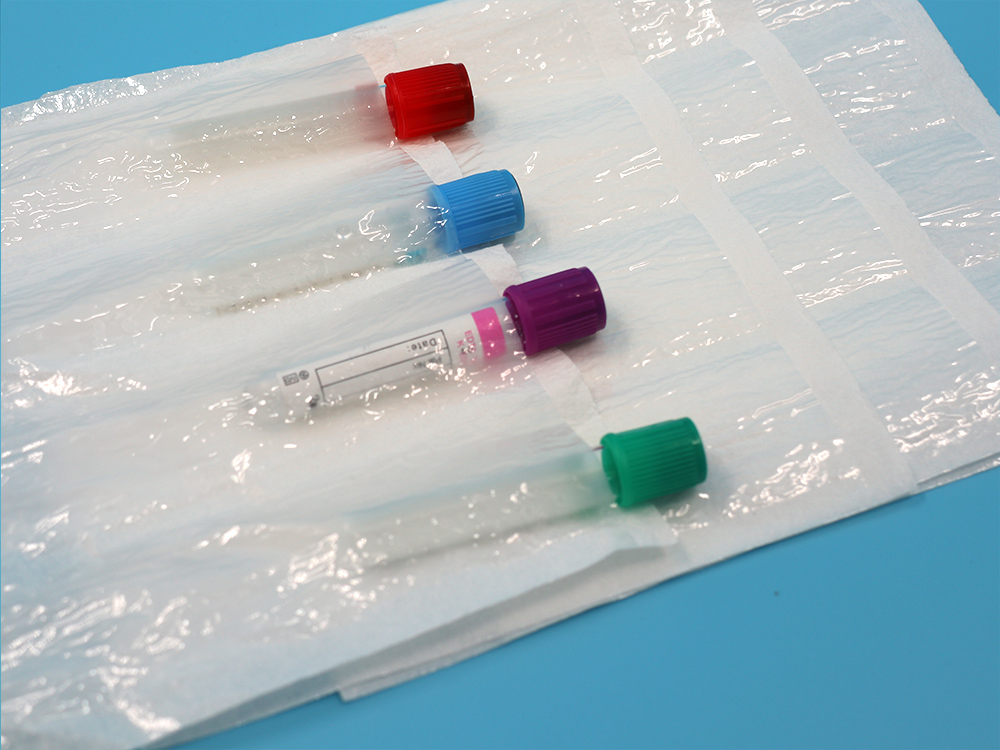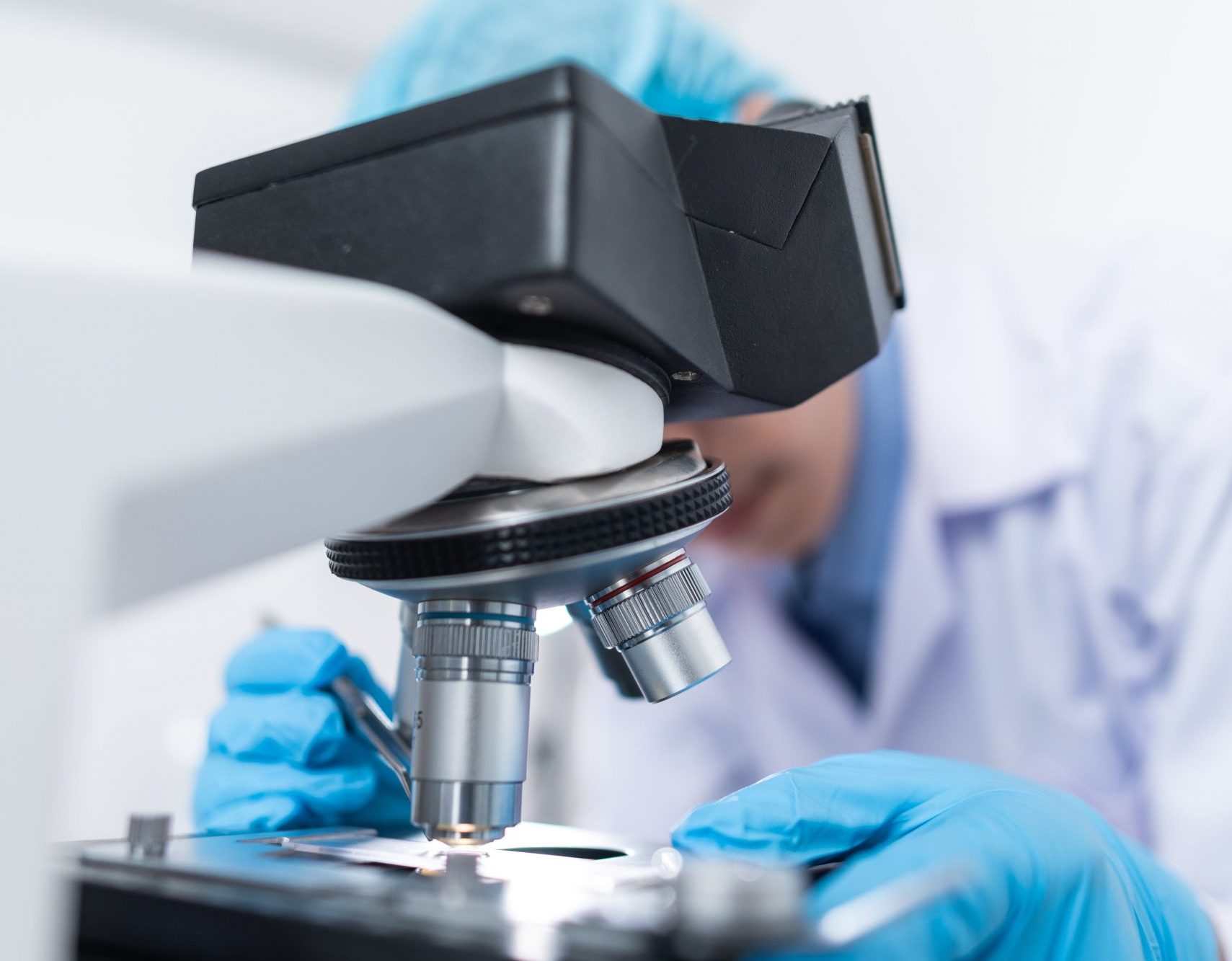Common biological sample storage and transportation conditions
1.-196℃, -150℃ cryogenic freezing
Liquid nitrogen (-196°C) is recognized as the most reliable method of sample preservation.
However, since the sample cannot be completely immersed in liquid nitrogen, free fragments may pose a potential risk of cross-contamination.
Therefore, the storage method of gas-phase liquid nitrogen (-150°C) was born, which is to place the sample above the liquid nitrogen and surrounded by gas-phase liquid nitrogen, which can well prevent the risk of cross-contamination.
It can also be refrigerated by an electric refrigerator to reach a low temperature of -150°C, thus meeting the long-term storage needs of samples.
Since -137℃ is the glass transition temperature of water,
Below this temperature, all biochemical reactions in the cell that can lead to the degradation of the contents are inactive.
Then the long-term storage requirements can be met.

2. -80℃
-80 degree cryopreservation is a method of preserving frozen nucleic acid Common biological sample samples:
In biological sample banks that do not have liquid nitrogen storage conditions, you can also consider using a -80°C deep-freezing refrigerator to preserve samples.
Studies have shown that at -80°C, DNA production value, integrity and RNA production value can be maintained for up to 7 years without significant changes.
RNA integrity decreases after 5 years of cryopreservation. Therefore, it is recommended to save and arrange time for packaging.
Add RNA-specific stabilizer and freeze at -80°C, which is more conducive to the preservation of RNA.
Regarding the preservation of proteins, deep cryogenic freezing is now the main method, which can well maintain its stability. Short-term storage can also be kept in a low-temperature refrigerator at -20°C.


No responses yet